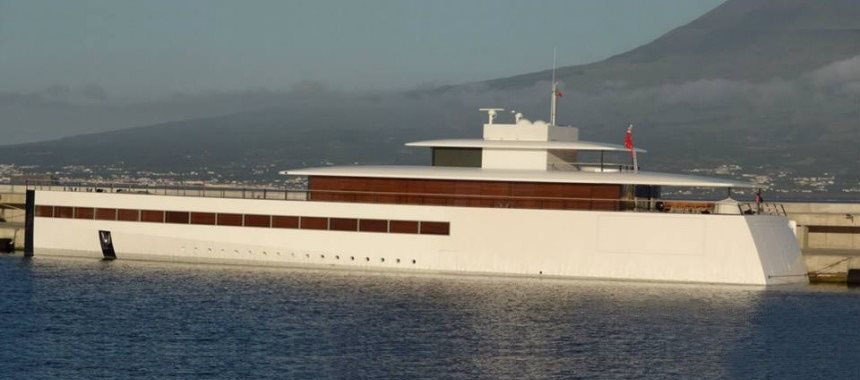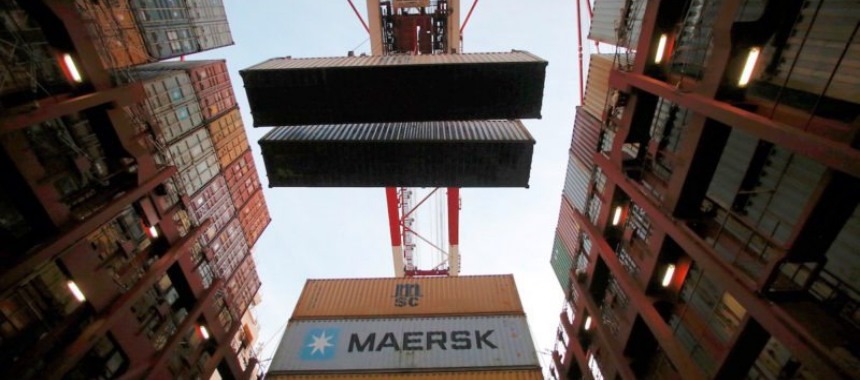On a boat across the Pacific Ocean. Such a record was established by a 28-year-old resident of the UK Sarah Outen.
Finally, the construction of the futuristic yacht Steve Jobs was completed. An unusual design of the ship bears the name of the Roman goddess of love and beauty of Venus.
Two French athletes set a world record, swimming across the Indian Ocean in a rowing boat for 84 days. This event athletes beat the record of male rowers.
Australian schoolgirl Jessica Watson went on a solitary circumnavigation on a yacht, despite numerous warnings from relatives and authorities. The leadership of the state of Queensland recommended that Jessica refrain from traveling around the world, as in September 2009 during training her yacht collided with a transport ship. However, the warning girl does not pay attention.
The transportation of cargo from manufactories around the world to ports for loading, its movement across the oceans to points of debarkation, and then its arrival at local loading docks transpires on a routine, seamless basis. The process is so smooth that, only after the terrorist attacks of September 11, 2001, did the nation awaken to learn that only a small percentage of the more than 23 million containers that arrive yearly in this country are inspected. While this is clearly a topic lawmakers are addressing as far as homeland security is concerned, it also points to the fact that the volume of commerce in and out of the nation, along with the rest of the world, has increased exponentially since the end of the Second World War. The reasons for this change are numerous: globalization, better production techniques, mechanization, and improved management styles. Perhaps the most significant factor, and one usually overlooked, is that the capability to move cargo overseas in large quantities and in a way that allows for quicker turn-around in port has only been effected in the last few decades. This style of cargo handling, containerization, has led to a shipping revolution.
 en
en ru
ru uk
uk
 Magellan
Magellan


